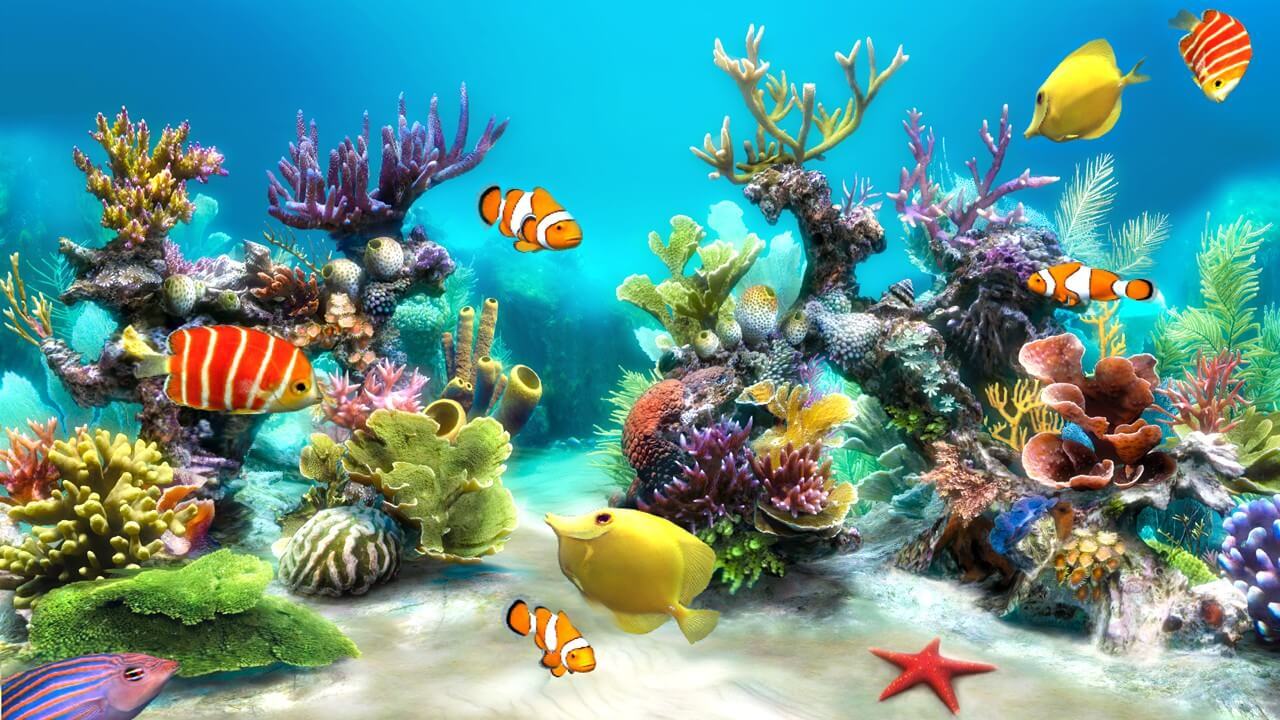Marine Organisms: Diversity, Adaptations, and Ecological Roles
The world’s oceans cover more than 70 % of Earth’s surface and host an extraordinary array of living beings—collectively called marine organisms. Ranging from microscopic bacteria to the blue whale, these organisms have evolved specialised adaptations that allow them to flourish in environments that vary from sunlit coral reefs to pitch-black abyssal plains. Below is an overview that highlights their diversity, ecological importance, and the main challenges they face today.
1 | Broad Ecological Niches
| Niche | Key Characteristics | Representative Life-Forms | Notable Adaptations |
|---|---|---|---|
| Plankton (drifters) | Float or weakly swim; form the base of most marine food webs | Phytoplankton (e.g., Prochlorococcus), Zooplankton (e.g., krill) | Rapid reproduction, photosynthetic pigments, diel vertical migration |
| Nekton (strong swimmers) | Actively move against currents | Fish, squid, marine mammals, sea turtles | Streamlined bodies, powerful fins/flippers, advanced sensory organs |
| Benthos (bottom dwellers) | Live on, in, or near the seabed | Corals, sponges, crabs, polychaetes | Bioluminescence, burrowing, calcareous skeletons |
2 | Major Taxonomic Groups
| Group | Example Species | Distinctive Feature | Ecological Role |
|---|---|---|---|
| Marine Microbes | Vibrio fischeri | Bioluminescence | Nutrient recycling, symbiosis |
| Macro-Algae | Giant kelp Macrocystis pyrifera | Fast vertical growth | Primary production, habitat formation |
| Cnidarians | Coral Acropora palmata | Calcium-carbonate reef building | Coastal protection, biodiversity hotspots |
| Molluscs | Humboldt squid Dosidicus gigas | Jet propulsion | Mid-trophic predator |
| Cartilaginous Fish | Whale shark Rhincodon typus | Filter feeding | Controls plankton blooms |
| Bony Fish | Atlantic cod Gadus morhua | Swim bladder | Key commercial species |
| Marine Reptiles | Green turtle Chelonia mydas | Long-distance migration | Grazes seagrass beds |
| Seabirds | Albatross Diomedea exulans | Dynamic soaring | Links marine & terrestrial ecosystems |
| Marine Mammals | Humpback whale Megaptera novaeangliae | Bubble-net feeding | Nutrient fertilisation via “whale pump” |
3 | Adaptations to the Ocean Environment
-
Osmoregulation: Sharks retain urea; marine bony fish drink seawater and excrete salt through gills.
-
Pressure Tolerance: Deep-sea amphipods possess pressure-resistant enzymes and flexible cell membranes.
-
Temperature Regulation: Polar seals have thick blubber; hydrothermal-vent bacteria use heat-stable proteins.
-
Light Exploitation: Many mid-water species produce their own light for camouflage (counter-illumination) or communication.
4 | Ecosystem Services & Human Value
-
Primary Production – Phytoplankton generate ~50 % of global oxygen.
-
Fisheries – Over three billion people rely on marine protein.
-
Carbon Sequestration – “Blue-carbon” habitats (mangroves, seagrasses) lock away CO₂.
-
Biotechnology – Enzymes from deep-sea microbes enable high-temperature DNA polymerases.
-
Cultural Heritage – Coastal communities worldwide integrate marine life into folklore and economy.
5 | Current Threats
-
Climate Change: Ocean warming, acidification, and de-oxygenation disrupt physiology and calcification.
-
Pollution: Plastics, oil spills, and nutrient run-off cause habitat degradation and dead zones.
-
Overfishing & By-catch: Declines in apex predators alter trophic balance.
-
Habitat Loss: Coral bleaching and mangrove deforestation reduce nursery grounds.
6 | Forward-Looking Ideas & Research Avenues
| Idea | Rationale | Potential Impact |
|---|---|---|
| Citizen-Science Plankton Monitoring in Morocco | Equip artisanal fishers with low-cost microscopes and phone apps | Fine-scale data on coastal productivity; boosts ocean literacy |
| VR Coral-Reef Fieldwork Modules | Simulate dives for trainee teachers and students | Accessible immersive education without disturbing fragile reefs |
| AI-Driven Acoustic Mapping of Cetaceans | Use machine learning to decode whale songs | Enhances conservation zoning and shipping-lane management |
| Blue-Carbon Investment Funds | Finance seagrass and mangrove restoration | Combats climate change while supporting local livelihoods |
7 | Key References for Further Reading
-
National Oceanic and Atmospheric Administration. Ocean Explorer database.
-
IPBES. (2024). Assessment Report on Diverse Values and Valuation of Nature.
-
IUCN Red List of Threatened Species.
-
FAO. (2023). The State of World Fisheries and Aquaculture.

ليست هناك تعليقات:
إرسال تعليق